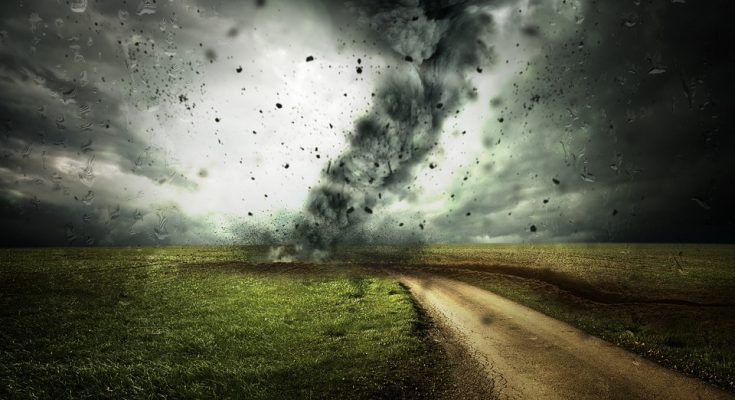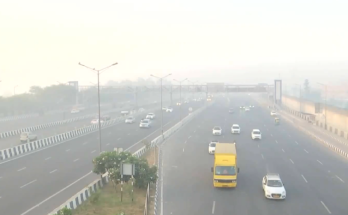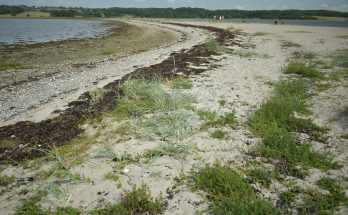New York/CMEDIA: The world is in the midst of a climate emergency, with growing greenhouse gas (GHG) emissions endangering human and environmental health.
Human activity is directly linked to a majority of GHG emissions, which lead to increases in the frequency and intensity of extreme weather events – including flooding, droughts, wildfires, and hurricanes – that affect millions of people and cause trillions in economic losses.
According to the latest Intergovernmental Panel on Climate Change (IPCC) report, with the right policies, infrastructure and technology, we can make the necessary lifestyle changes to reduce 40–70 percent of GHGs by 2050, thereby improving our health and well-being.RELATED
Ahead of World Environment Day 2022, the United Nations Environment Programme’s (UNEP’s) Sustainable Lifestyles and Education team has released a policy brief that offers policymakers tools to support sustainable living. The brief, entitled Enabling Sustainable Lifestyles in a Climate Emergency, includes concrete policy strategies from around the world.
We sat down with two co-authors of the brief, Lewis Akenji and Magnus Bengtsson from the Hot or Cool Institute, to discuss how policymakers can help us reduce our impact and live more sustainably to improve our health and well-being.
What impacts do our lifestyles have on the planet?
Lewis Akenji (LA): Everything we do has an impact on the planet: what we eat, how we move around, where we live, what we do for fun, what we wear and so on. And it is not restricted to the impact on the climate crisis. For example, food systems alone are responsible for around 80 per cent of deforestation and biodiversity loss. But this doesn’t mean that we as individuals are fully responsible for these impacts and are able to make the required changes on our own.
The systems that provide for our needs and aspirations – made of infrastructures, laws, social norms, etc. – need to change the daily options we have to become more sustainable, accessible, affordable and desirable. Collective decisions and government actions are needed to make such changes happen.
What changes can we make as a society to live more sustainably?
Magnus Bengtsson (MB): Changing our ways of living is critical in confronting the climate emergency and other environmental crises. The changes that need to happen as a society vary from country to country and also within countries. Yet, there are some things that have to change in many places. We need to travel less by car or motorcycle and instead walk, cycle or use public transport.
Those of us who can do so need to switch to cleaner types of energy at home and try to use less energy to heat and cool our dwellings. Those who often eat meat, fish and dairy need to eat more plants instead, while we all need to reduce the amount of food we waste.
Finally, we need to seriously reconsider the goods and services we need and buy. We all have a role to play, but for change to happen as a society, we need policymakers to step up. The goal of this policy brief is precisely to offer a framework and provide examples of what is already happening around the world to enable policymakers to step up.
What does sustainable living mean from a policy perspective?
LA: We often hear of a false dichotomy between individual action and systemic change. Given the urgency, both are needed. From a policy perspective, sustainable living means creating the context that enables all of us to make the sustainable choice the default choice. For example, it is about making it easier to go around on a bicycle than with a car or making a plant-based lunch the most attractive and affordable option in canteens.
UNEP: What type of policy model is needed to effect real lifestyle change?
LA: There are three key factors that shape lifestyles: Attitudes, such as social norms and media; facilitators – incentives or disincentives; and infrastructure – physical or technological. Real lifestyle change requires all three factors to be addressed in synergy. We also propose a choice-editing framework that edits out harmful and carbon-intensive options and edits in sustainable alternatives and ensures these changes do not negatively affect the poorer segments and vulnerable groups in society. Together, the two frameworks enable policymakers to create effective sets of policies that complement and strengthen each other.
What are some policy examples that can promote sustainable lifestyles?
MB: Let’s look at car-free transportation as an example. To address attitudes, policymakers can regulate or ban the advertisement of carbon-intensive transportation modes, like in Amsterdam’s subway. To address facilitators, policymakers can request employers to incentivize people to commute by public transport, like in the United States. And to address infrastructure, policymakers can develop cycling lanes – like what has been done around the world recently – or even shift the expansion of private car infrastructure to public transport and people-powered mobility infrastructure, like in Wales. Woven together, these policies have the potential to transform our lifestyles and enhance our health and well-being.
World Environment Day highlights the need to live sustainably through policies and our choices. How does this policy brief fit in?
LA: The brief is timely and aligned with World Environment Day as it offers frameworks and concrete policy strategies that enable sustainable living. Since World Environment Day also focuses on the role of civil society and the private sector, the brief outlines how we as individuals can advocate change and how businesses can develop and support the new business models needed for sustainable living.
#Environment; #PolicyMakers; #ClimateChange





